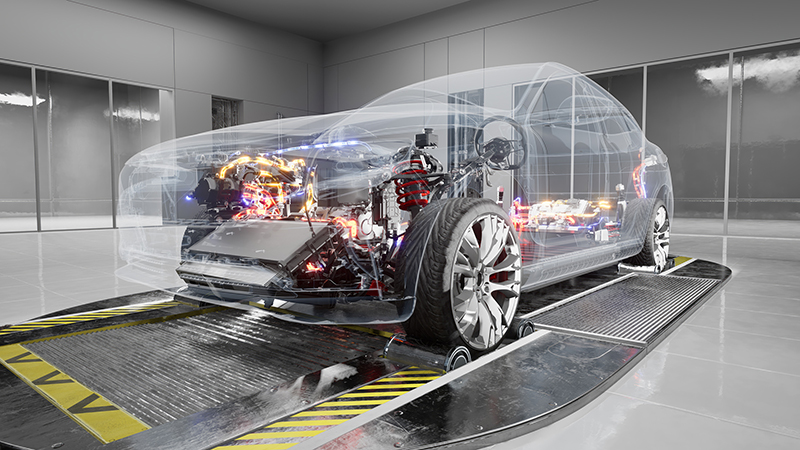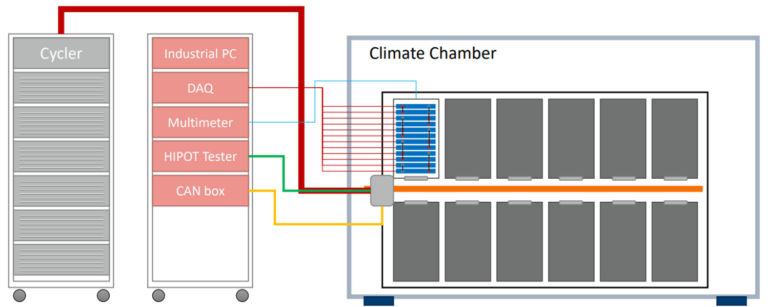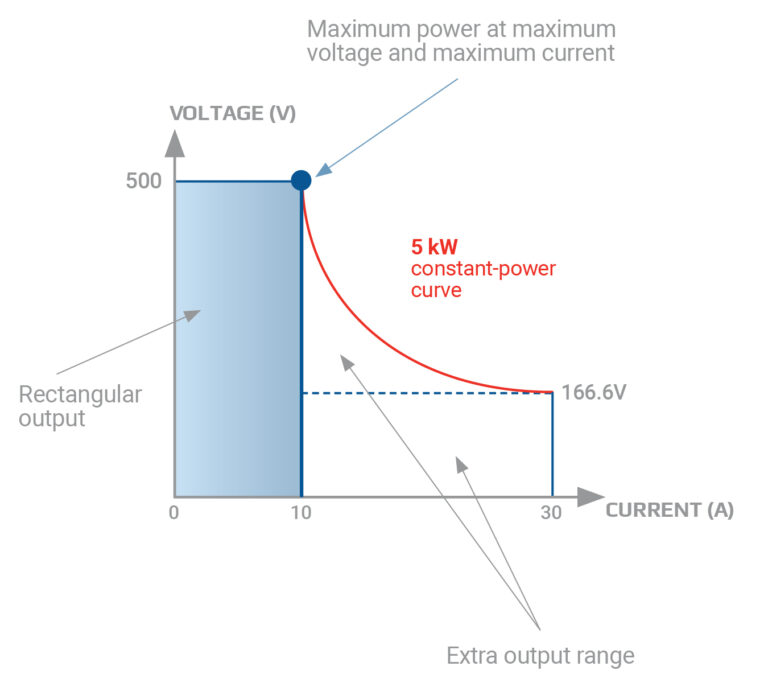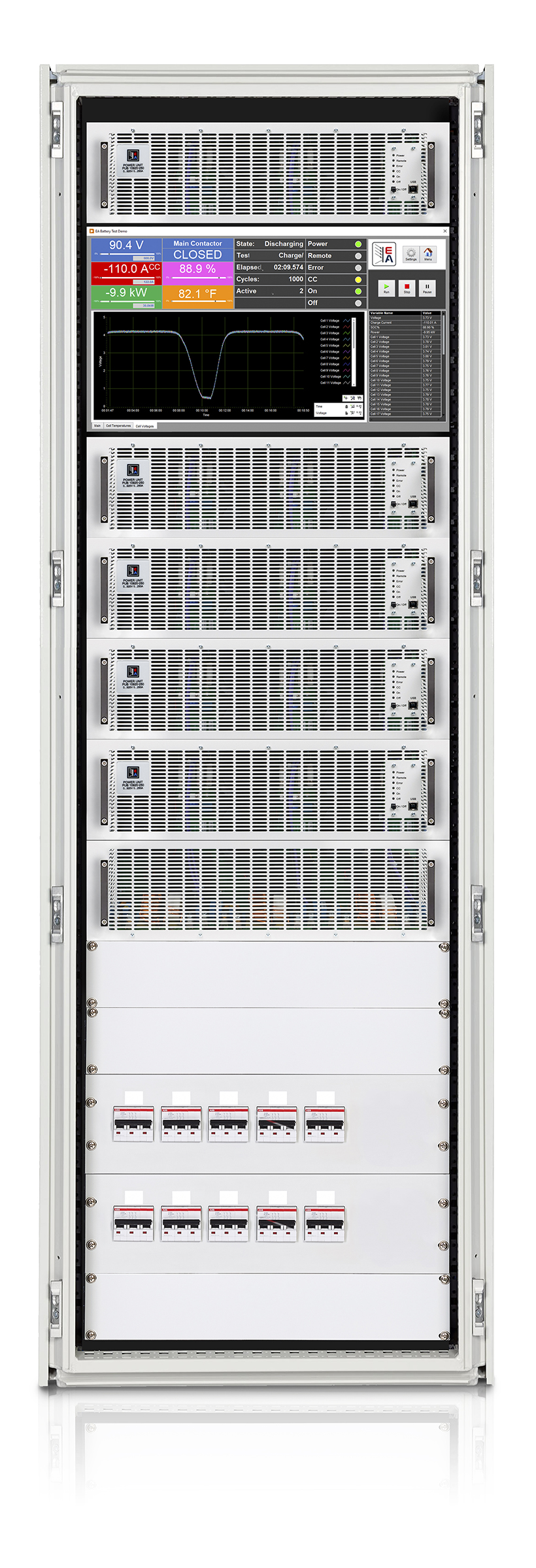This website uses cookies so that we can provide you with the best user experience possible. Cookie information is stored in your browser and performs functions such as recognising you when you return to our website and helping our team to understand which sections of the website you find most interesting and useful. See our privacy policy.
News
Testing Batteries for an Evolving World

Demand for electric vehicles is amping up. Every one of these vehicles needs large batteries, and the industry is responding by building plants. Energy.gov forecasts that by 2030 electric vehicle battery manufacturing capacity in North America will grow 20 times, eventually supporting 10-13 million electric vehicles per year.
Testing those batteries is a critical part of battery production. The first reason for testing is for safety. Due to a chemistry that supports runaway thermal events and sustains fire, Lithium-ion (Li-ion) batteries are dangerous. After exposure to vibration and high ambient temperatures, even small manufacturing anomalies can lead to catastrophic failure. Recently, Li-ion scooter batteries have been blamed for devastating building fires, and Jaguar Land Rover issued a recall of more than 6000 vehicles after eight customer fires were caused by battery thermal events.
Additionally, buyers want to know exactly how far they can drive on a charge. Battery testing can simulate the load placed on a battery during driving conditions and predict a vehicle’s driving range.
Battery Testing is Getting Harder
While battery volume is rising, testing is becoming more challenging. As vehicle buyers demand more storage for greater range, the capacity of batteries is increasing. What’s more, pulse testing requires exponentially more current than the battery’s ampere-hour rating. Given all this current, safety becomes paramount. Fire is a real risk caused by voltage or current exceeding the limits of the battery cells’ internal structures during charging or discharging.
For example, if a technician forgets to set a voltage limit during a constant current discharge, then the temperature of a battery cell could rise from 23 to 400 degrees Celsius in milliseconds. Catastrophic explosions are also possible. In fact, some manufacturers have built explosion-proof rooms for their automotive battery testing.
Add to high power the need for throughput — testing multiple batteries at the same time — and the battery automated test equipment (ATE) must be capable of sinking and sourcing many kWs of power. In some facilities, there isn’t enough space on the production floor to add multiple racks of the power supplies used in the test system.
Higher voltages are another challenge for testing. To reduce the weight of conductors in the vehicle and to reduce heat caused by electrical resistance, vehicle drivetrain voltages have climbed to 450 V and now are in the 800 V range. While test engineers can add more power supplies to increase the power of their test systems, they cannot change the maximum voltage rating of their test systems. Current EV modules require testing at up to 900 V.
How a Battery Test System Works
 Figure 1: An ATE system for battery testing includes bidirectional power supplies, a controller, safe connectors, CAN Bus, an industrial PC, software, a software environmental chamber, and a chiller.
Figure 1: An ATE system for battery testing includes bidirectional power supplies, a controller, safe connectors, CAN Bus, an industrial PC, software, a software environmental chamber, and a chiller.The main production-line tests for battery manufacturers include:
- Battery cycle test
- Drive cycle simulations
- Insulation resistance
- DCIR testing
To perform these tests, test systems use multiple bidirectional power supplies in parallel. A DC bidirectional power supply operates in quadrants I and II, meaning it is capable of both sourcing and sinking DC power.
It is not unusual for engineers to be confused when selecting a power supply system. Looking at the batteries they expect to test, they think they need a 30-kW system. But they forget the formula P=IV, which says at 1500 V the highest current a 30-kW power supply can output will be 20 A. If the test engineer needs the power supply to output more current, say 60 A, then they need to lower the voltage or buy a test system offering 90 kW.
In conventional bidirectional power supplies, two operating ranges are supplied, a high and a low. These are shown as rectangular boxes in Figure 2. As the test voltage rises or falls, a technician may need to stop the test and manually switch ranges on the power supply.
Some battery tests require a supply of constant power while varying current or resistance. A programmable power supply with a conventional rectangular output will supply maximum power only at the point of maximum current and maximum voltage. In contrast, some power supplies have a feature called autoranging. The power supply will automatically output more current when the load operates at a lower voltage. This allows the power supply to maintain a constant power load across that load’s full power operating range.
The red line in Figure 2 shows the output of a true auto-ranging power supply. Without switching ranges, the power supply can output from 500 V to 166.6 V while maintaining 5 kW of constant power. Without this feature, the wattage of the power supply must be oversized, or double the number of power supplies will be required, and therefore the test system will be more costly.
As the power levels in batteries rise, one of the challenges is testing across increasingly wide ranges of power and voltage. In the plant’s research lab, technicians may test individual cells at 2.5 to 4.2 V, test modules at 420 V, and test complete automotive battery packs at 840 V. True auto-ranging helps engineers test from system level all the way down to cell level using one power supply system.
 Figure 2: Output of a true auto-ranging power supply
Figure 2: Output of a true auto-ranging power supplySlew Rate
Slew rate is an important consideration for automotive battery drive-cycle or pulse-test testing, during which the output voltage or output current changes frequently. The slew rate is the speed at which an output changes from its current state to its programmed state.
The faster the slew rate, the squarer the pulses in the output, which allows for more precise testing. The consequence of this is that power supplies with a slow slew rate cannot accurately measure the driving distance of a battery. If the test system has a fast slew rate, the more accurate test may result in publishing a longer driving range, which is supremely important to consumers.


 Figure 3: Considerations for battery test systems include how much space is available on the production floor. Some systems, like the EA 10300 Series from EA Elektro-Automatik shown here, use SiC technology to offer a power-dense 300 kW in a single rack.
Figure 3: Considerations for battery test systems include how much space is available on the production floor. Some systems, like the EA 10300 Series from EA Elektro-Automatik shown here, use SiC technology to offer a power-dense 300 kW in a single rack.